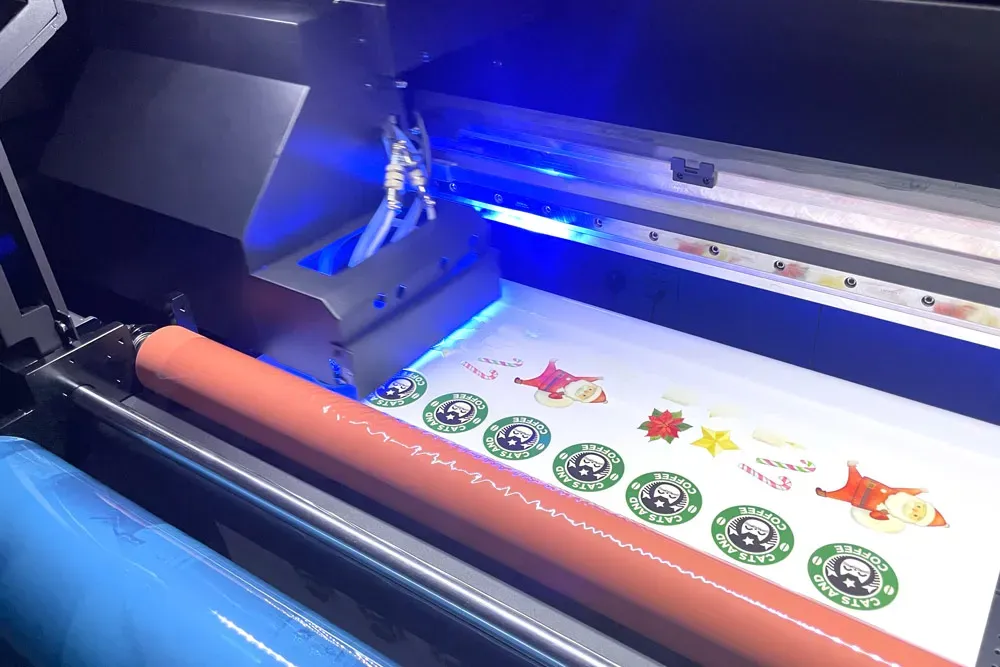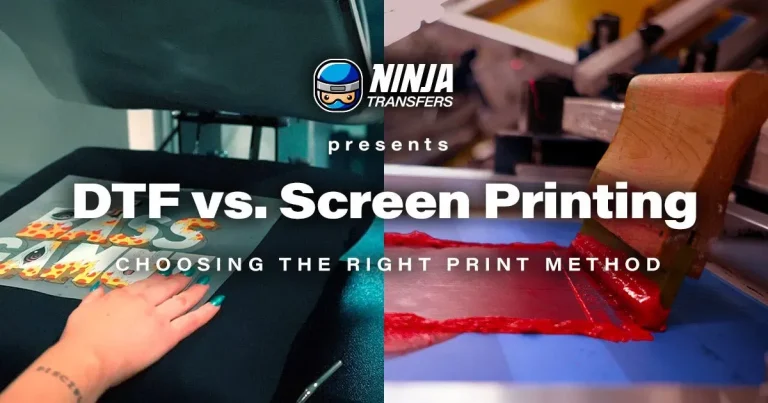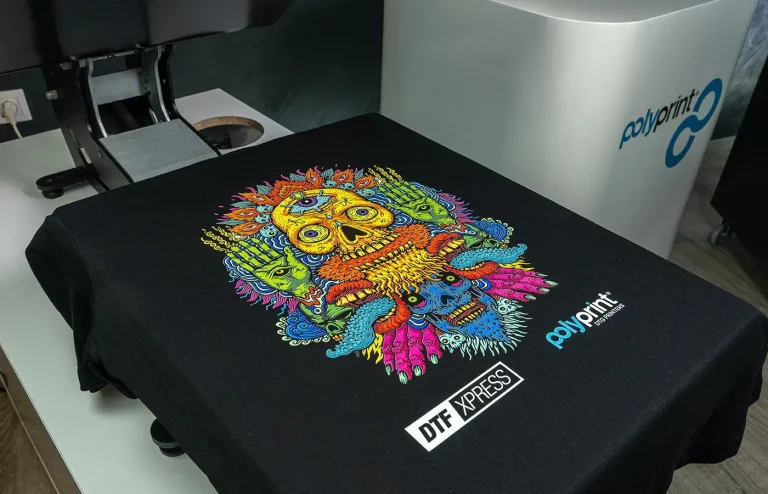UV DTF Printing: Ultimate Comparison with Traditional Methods
In the dynamic field of printing technologies, UV DTF printing has emerged as a groundbreaking solution, merging quality and efficiency like never before. This innovative method utilizes ultraviolet light to cure inks on specially designed transfer films, creating vibrant, high-resolution images that can be applied to various substrates. Unlike traditional printing methods such as screen printing and dye-sublimation, which often require more time and specific setups, UV DTF printing offers a quicker turnaround and greater versatility for custom printing needs. As businesses seek to adapt to the growing demand for personalized products, the flexibility of UV DTF printing stands out as a key advantage. In this article, we’ll delve into how this technology compares to its more conventional counterparts and what makes it an attractive option in today’s market.
Often referred to as ultraviolet direct-to-film printing, UV DTF printing revolutionizes the way designs are transferred onto surfaces, combining modern printing technology with the ability to print on a wide array of materials. This method showcases remarkable adaptability, allowing for intricate artwork to be easily applied to textiles, wood, and plastics alike. When considering alternatives like dye-sublimation and traditional screen printing, UV DTF stands out for its efficient production capabilities and the exceptional quality of its prints. As the demand for bespoke items continues to rise, the advantages of this technique in the realm of custom printing become increasingly evident. Join us as we explore the significant differences between UV DTF and established printing techniques, ensuring you make an informed choice for your printing needs.
The Rise of UV DTF Printing
UV DTF printing has emerged as a revolutionary technique in the printing world, challenging traditional methods like screen printing and dye-sublimation. One of the primary reasons for its rapid rise is its ability to accommodate a wide variety of materials, transforming how businesses approach custom printing. With the use of UV light to cure inks directly onto transfer films, this method allows for precise and detailed designs that were once difficult to achieve with older technologies.
As industries and consumers alike demand faster turnaround times and more personalized print options, UV DTF printing stands out by offering both efficiency and flexibility. This innovative method is quickly becoming the go-to choice for those looking to capitalize on market trends that favor customization and on-demand production, positioning UV DTF printing as a formidable player against traditional printing methods.
Frequently Asked Questions
What is UV DTF printing and how does it differ from traditional printing methods?
UV DTF printing, or UV Direct-to-Film printing, utilizes ultraviolet light to cure ink on a transfer film that can adhere to various substrates. Unlike traditional printing methods like screen printing and dye-sublimation, which often require specific materials and setup, UV DTF can print on a wider array of surfaces such as textiles, wood, glass, metals, and plastics.
What are the advantages of UV DTF printing over screen printing?
UV DTF printing offers several advantages over screen printing, including faster turnaround times, the ability to print on diverse substrates, and the production of high-resolution, intricate designs. While screen printing excels in vibrant colors for bulk orders, UV DTF is more efficient for small runs and custom jobs without extensive setup.
Can UV DTF printing produce high-quality images like dye-sublimation?
Yes, UV DTF printing can produce high-quality images similar to dye-sublimation. While dye-sublimation is highly regarded for its vibrant prints on polyester fabrics, UV DTF printing achieves exceptional quality on various substrates, making it versatile and suitable for intricate designs and detailed graphics.
What is the cost-effectiveness of UV DTF printing compared to traditional printing methods?
UV DTF printing generally has higher startup costs due to equipment but offers long-term savings on material and labor costs, especially for custom and small runs. In contrast, traditional screen printing may have lower costs per unit for large orders, but the initial setup can be a barrier for smaller production volumes.
How does UV DTF printing contribute to environmentally friendly printing practices?
UV DTF printing tends to use fewer chemicals and produces less waste compared to traditional methods like screen printing, which often involves harmful solvents. This makes UV DTF a more eco-friendly option, aligning with the growing demand for sustainable printing technologies in the market.
What market trends support the growth of UV DTF printing?
Market trends toward on-demand production and personalization are driving the growth of UV DTF printing. As consumers increasingly seek unique and customized products, UV DTF offers flexibility and rapid production capabilities, contrasting with traditional methods which are more suited to high-volume runs.
| Feature | UV DTF Printing | Traditional Printing Methods |
|---|---|---|
| Technological Advancements | Represents a significant leap forward in versatility, suitable for diverse substrates and intricate designs. | Established methods like screen printing are reliable but lack the flexibility of UV DTF. |
| Quality and Durability | Produces high-resolution prints that are durable and resistant to fading and wear. | Screen printing has bright colors but struggles with versatility; dye-sublimation excels only on specific fabrics. |
| Costs and Efficiency | Higher initial investment but cost-effective for custom jobs due to lower material costs in the long run. | Lower cost per unit for bulk orders but expensive for short runs due to setup costs. |
| Environmental Considerations | Uses fewer chemicals and generates less waste compared to traditional methods. | Can improve with eco-friendly inks but generally produce more waste. |
| Market Trends | Aligns with the trend towards rapid, on-demand customization. | Dominates bulk production, yet risks losing custom market share. |
Summary
UV DTF Printing is revolutionizing the printing industry by combining speed, versatility, and high-quality results. As businesses and consumers alike seek efficient and customizable printing solutions, UV DTF printing stands out by enabling intricate designs on a wide variety of materials. While traditional methods like screen printing and dye-sublimation have their benefits, especially in large-scale production, UV DTF’s adaptability caters to growing consumer demands for personalization. As the landscape of printing technology evolves, UV DTF Printing is positioned to play a pivotal role in meeting modern market challenges while also promoting sustainable practices.





